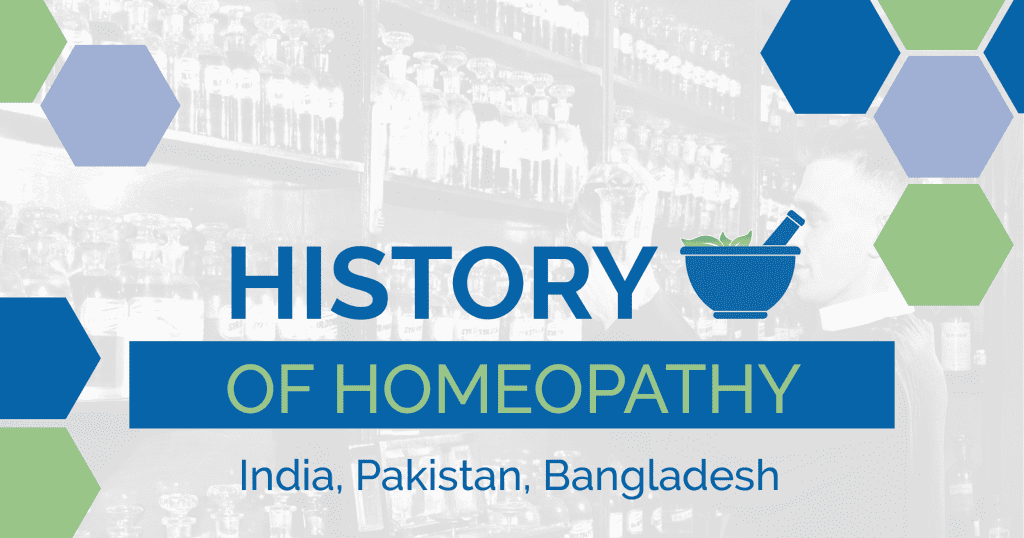Snapshots from There and Then: History of Homeopathy

In honor of AAHP’s 100th anniversary year, we’re looking back at the history of homeopathy to learn how the medical modality spread worldwide. Readers will discover startling vignettes of unexpected paths and outcomes. Many may know much about homeopathy here and now, but we hope you find our “There and Then” series informative and interesting!
India
Homeopathy was introduced from Great Britain to India in the early 19th century, flourishing in Bengal, then spreading throughout the subcontinent. The modality was mostly practiced by non-doctors but a number of prominent allopathic physicians switched to using homeopathic medicines and influenced others to begin using the system. This also led local homeopathic hospitals to spring up in a number of cities by the end of the 19th century. In 1973, homeopathy was recognized as one of the national systems of medicine and is currently the third most popular method of medical treatment after allopathy and Ayurveda in the country.
India is one of the few countries with its own official homeopathic pharmacopoeia; preparation began in the 1960s by a government-supported committee. A dozen years later, a homeopathic pharmacopeia laboratory was created within the government’s Indian System of Medicine and Homeopathy Department. Homeopathic products are now under the jurisdiction of an official Ministry dedicated to five complementary therapies. All of this is a part of governmental efforts to provide cost-effective complementary medical services, including homeopathy, through universal access. There are now more than a quarter million homeopathic practitioners, approximately 7,000 government-supported dispensaries, 250 homeopathic hospitals, and more than 200 college programs with a homeopathy specialty. Regulations have recently changed which now permit 200,000 pharmacies to stock homeopathic drug products after decades of these medicines being segregated to a limited group of outlets.
Pakistan
As Pakistan and India were a single country until 1947, they share early homeopathic history. Following Pakistan’s independence, homeopathy was widely practiced in the country. It was officially recognized in 1965 when the government began to require a four-year training for practitioners to be registered. This has not been an impediment, as there are now more than 70,000 registered homeopaths from almost 100 recognized homeopathic colleges.
Homeopathy is the country’s second most widely used method of treatment. Government hospitals employ homeopaths and there are hundreds of free government dispensaries. The homeopathic pharmaceutical industry is very strong, with a number of domestic homeopathic manufacturing companies. Most homeopathic medicines are available in all standard attenuations and many of them up to CM. All drugs (except for psychotropics and opiates) are available as OTCs.
Bangladesh
Seceding in 1971, Bangladesh also shares the same history and acceptance of homeopathy with Pakistan and India. After independence, the number of homeopathic doctors using homeopathic medicines rapidly increased. Now with more than 40 homeopathic medical colleges, the country’s registration of prescribers continues a remarkable annual expansion, which has led to 30–40 percent of the population using homeopathic medicines.
References:
https://www.lmhi.org/Home/NvpAndCountries
https://www.wholehealthnow.com/homeopathy_pro/pakistan.html
Reports at World Integrative Medicine Forum Regulations of Homeopathic Medicinal Products: Advancing Global Collaborations, Goa, India, 23–25 January 2019.
